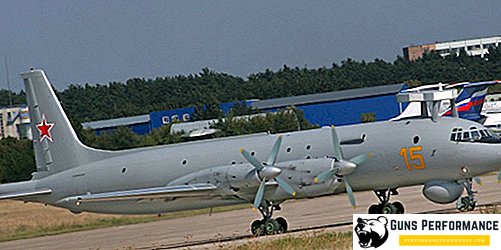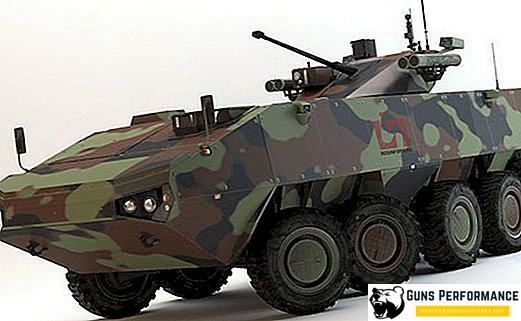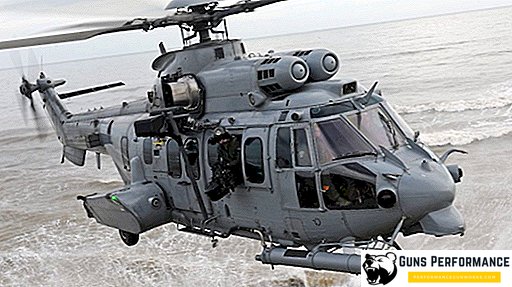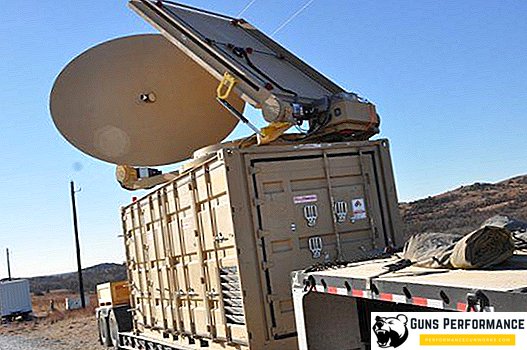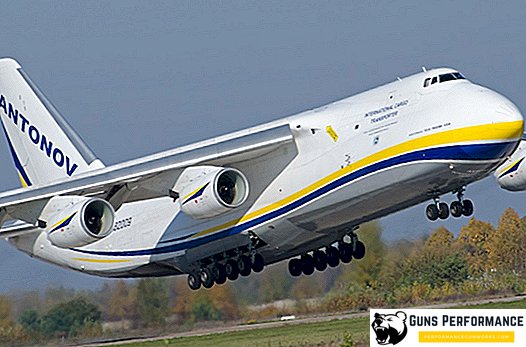Ansat-U is a light multipurpose training helicopter, the main goal of which is practical training in piloting skills of young pilots. This model was created on the basis of the famous Ansat helicopter, which was born in 1997. At the moment, thanks to the active development of the new flying machine and the understanding of its structure, adjustments are made to the drawings of the helicopter itself.

The Ansat-U helicopter has rather high flight characteristics. Among which, its fuel efficiency is highly distinguished, compared to other training helicopters. However, such a flying machine has a number of minuses. If the predecessors of Ansat-U could easily be located in any climatic conditions, then the new car requires more careful care. In this case, it must be stored in specially equipped hangars.
The new model of the helicopter Ansat-U is very popular because it is quite easy to manage. At the same time, it has more powerful engines and the most diverse electronic filling. However, because of this, this model of the helicopter is not recommended to be used for sudden temperature changes.
It is also worth noting that most of the components of this helicopter are made abroad. That significantly increases the financial costs of its maintenance and operation. But despite this, their mass production is considered very actively.

The possibilities of the new helicopter
In addition to its main goal - the training of new pilots in all the basics of flying machine control - the Ansat-U has another use. And it is precisely this multifunctionality that makes it an attractive military vehicle. Below are some additional features of the helicopter:
- Passenger transportation.
- Cargo transportation.
- Patrol.
- Rescue operations.
The spectrum of all possibilities is quite wide. And precisely because of this, he is gaining his popularity in educational centers more and more. Many who completed a full course of training on this model of a helicopter, easily took up the management and heavier and more complex helicopters.

Comments of the Ministry of Defense regarding Ansat-U
The Ministry of Defense has its own view on this helicopter model. Unlike the above advantages and disadvantages, which were noticed by the training pilots and technicians, the top management of the viewer is at the root. What undoubtedly pleases us all. After all, they have their own approach, special, and indeed they have a distinctive vision of the situation.
Firstly, with regard to the maintenance costs of the helicopter, the Ministry of Defense assures that everything is within the permissible limits. According to the representative, almost all modern helicopters of this class need such costs, at least, based on the normal service hours. So it all depends on what point of view it is to look at.
Secondly, trial operation is underway. Accordingly, over time, all costs will only be optimized. Some of the costs will be increased, some will be reduced, and the rest will be removed altogether.
Thirdly, the engine used is of Canadian origin. But in itself, it is quite often used in machines of this level. And for several years he has successfully recommended himself. However, as soon as the Russian designers create an analogue for him, the Canadian engine will be replaced. The work is awesome, but the prospects are worth it.
As for the storage of the helicopter, here the opinions of the technicians and members of the Ministry of Defense slightly diverged. Undoubtedly, when using our electronics, such difficulties often arise, but as the Ministry of Defense said, Ansat U does not necessarily have to be constantly kept in the hangar. Moreover, many prototypes of newer helicopters are stored in extreme weather conditions, but this does not cause any problems.

Technical characteristics Ansat-U
- Required crew: 1 person.
- Capacity: 9 people.
- Maximum weight of the load: 1300 kg.
- Helicopter length: 13.54 m.
- Helicopter height: 3.56 m.
- Chassis width: 2.5 m.
- Engine: 2 × Pratt & Whitney PW-207K /
- Engine power: 2 × 630 l. with.
- Maximum speed: 285 km / h /
- Maximum distance without refueling: 635 km.
- Maximum lifting height: 5700 m.
- Lifting speed: 21.5 m / s.


